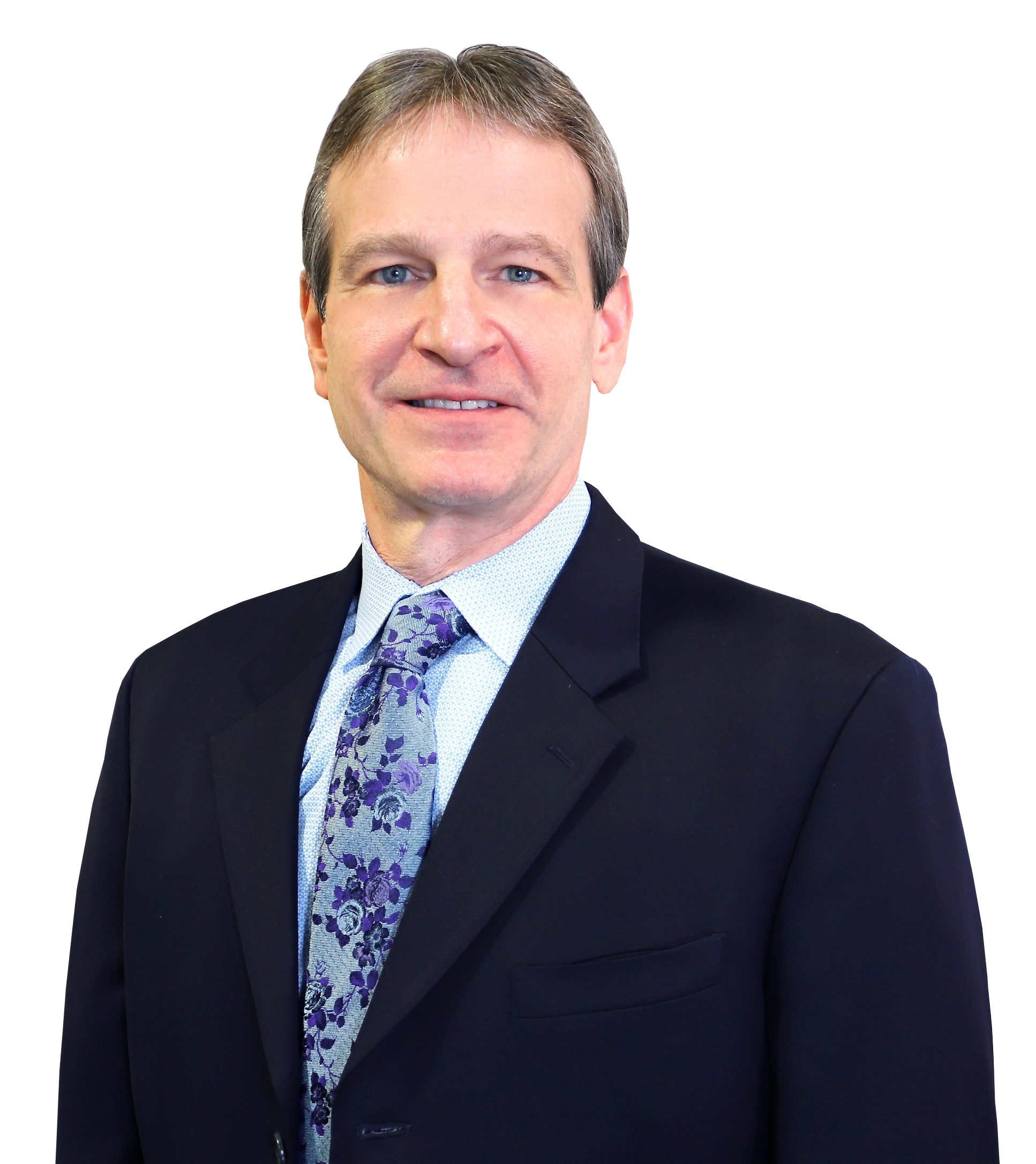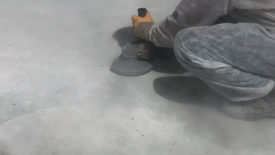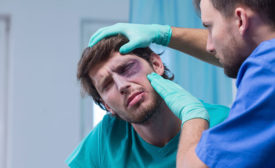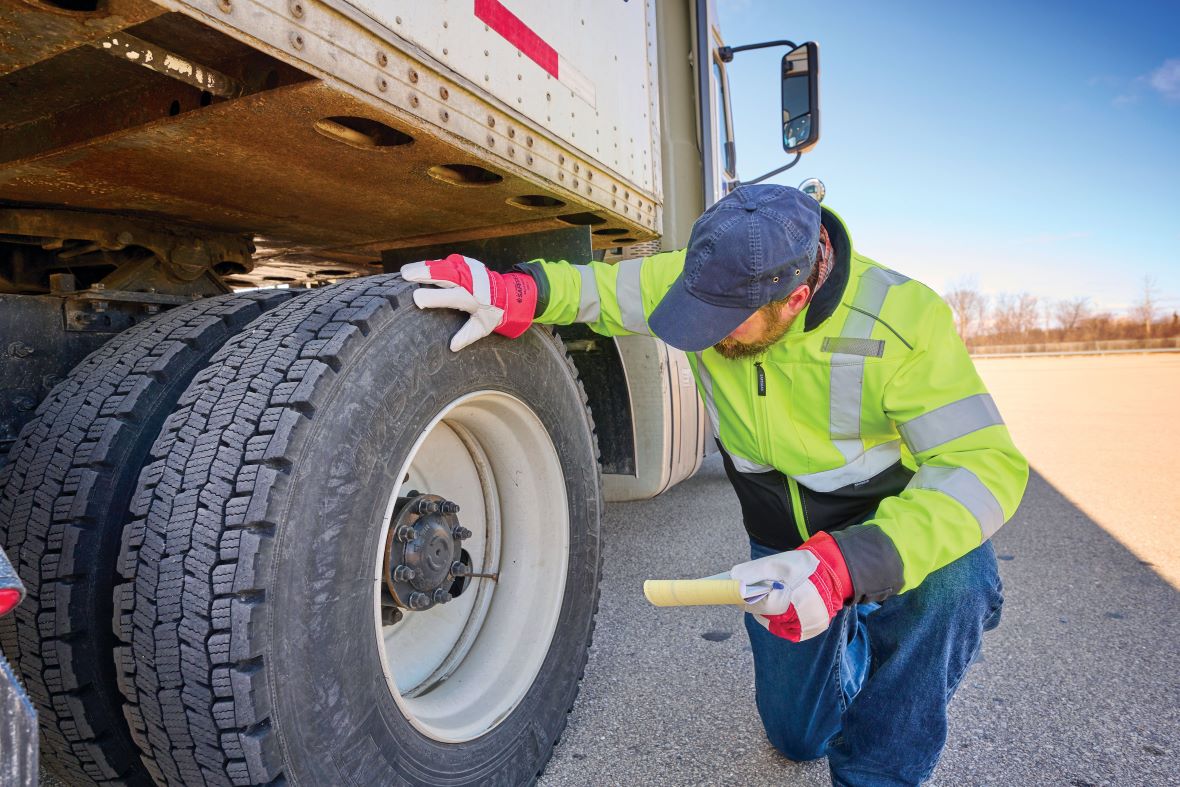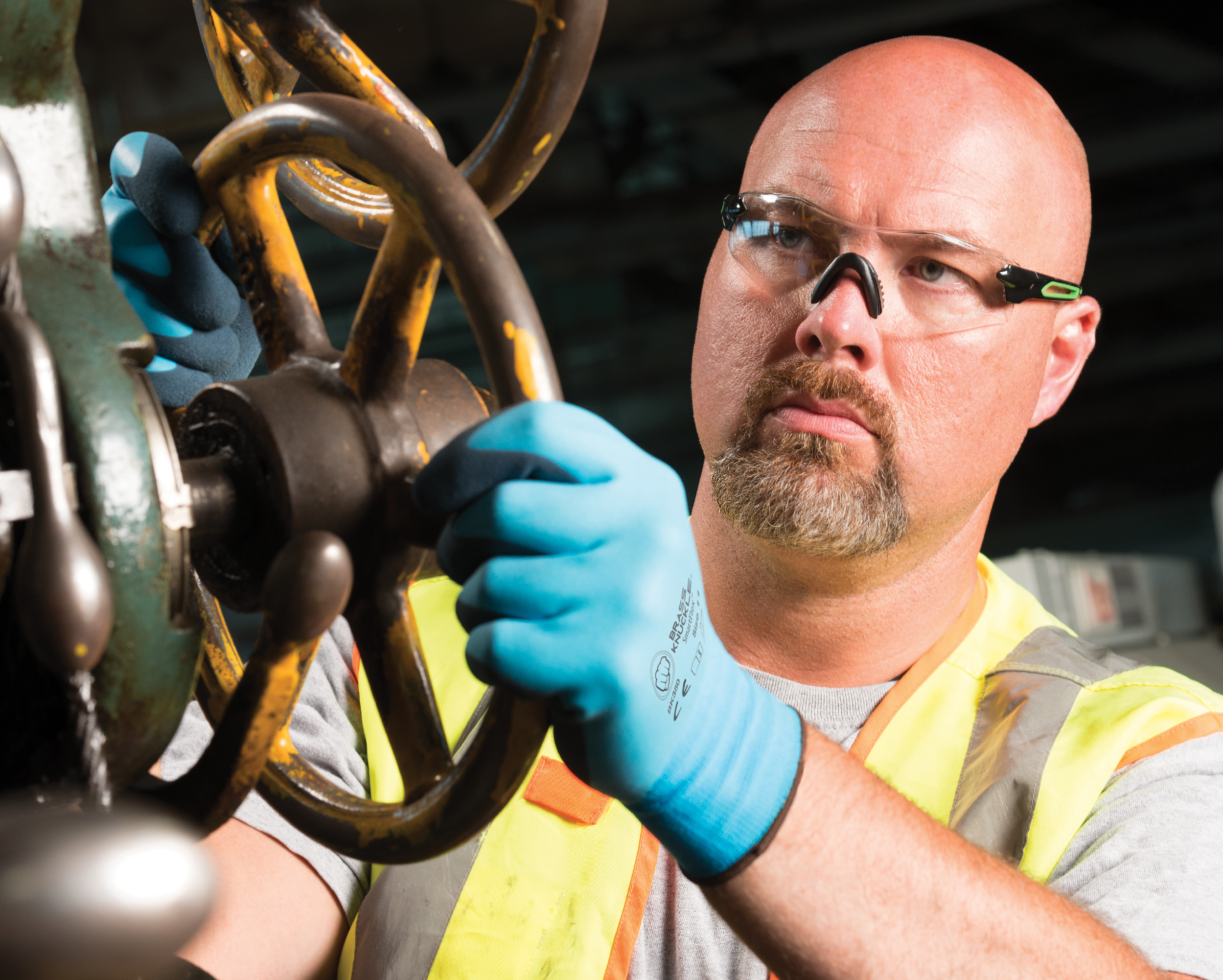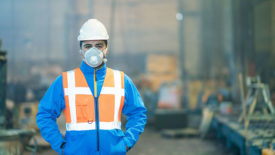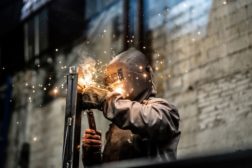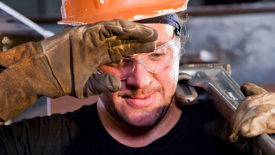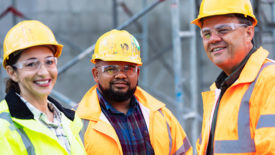PPE
The real costs of eye injuries
Risks include permanent damage, financial stress and job loss
November 1, 2022
Getting workers to wear PPE Is a struggle for many employers
J. J. Keller Survey reveals sizing, heat, and supply chain issues as key factors
October 27, 2022
Protect hands from prolonged exposure to liquids
Brass Knuckle® SmartFlex™ BK350 seals out liquid, keeps hands dry, fights work-related skin diseases
October 27, 2022
Connecting workers to cleaner air
How to control contaminants and utilize PPE to reduce risk
October 18, 2022
Winners announced for The NIOSH Protective Clothing Challenge
Five teams awarded a total of $55,000 for solutions to ensure protective clothing fits all workers
September 20, 2022
Never miss the latest news and trends driving the safety industry
eNewsletter | Website | eMagazine
JOIN TODAYCopyright ©2024. All Rights Reserved BNP Media.
Design, CMS, Hosting & Web Development :: ePublishing

